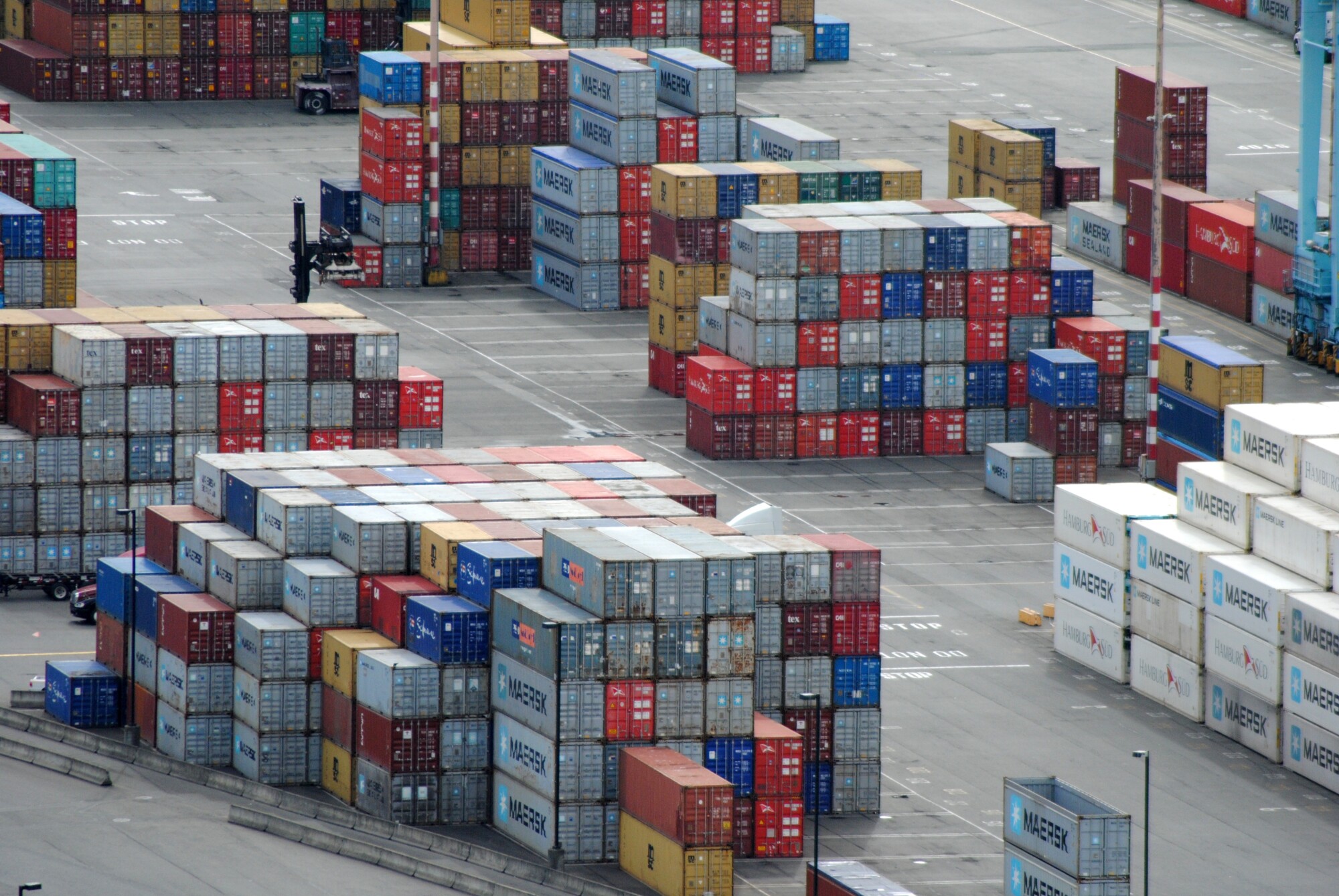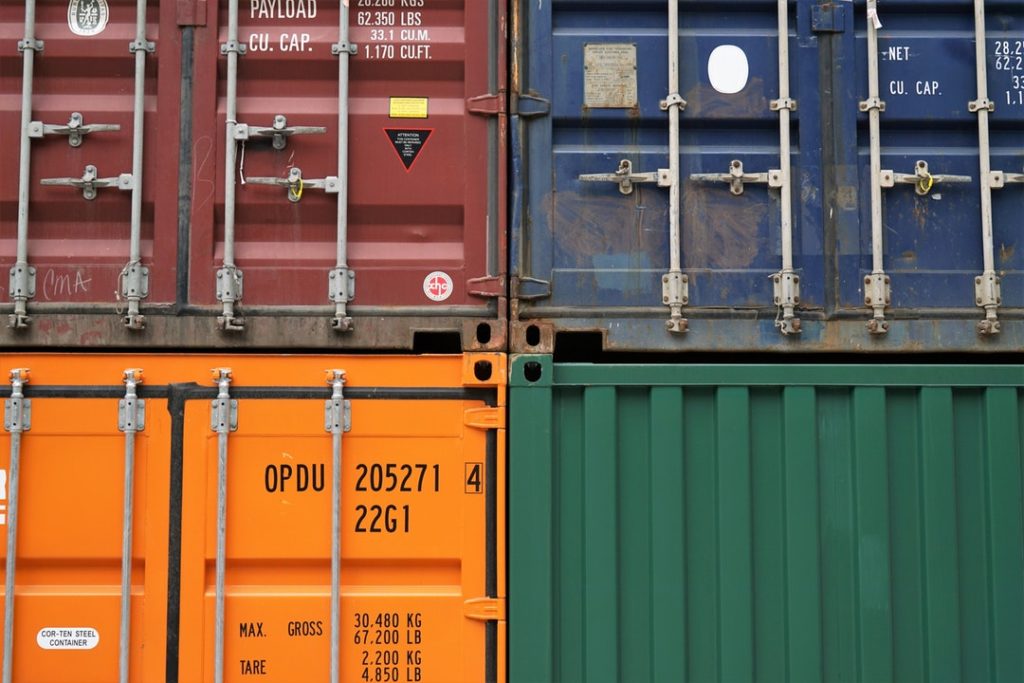
How Much Are Shipping Containers? A Comprehensive Buyer’s Guide
In the ever-evolving landscape of global trade, shipping containers have become indispensable assets for businesses involved in the import and export of goods. These steel containers not only facilitate the efficient movement of merchandise across borders but also serve as temporary storage solutions. Given their critical role, understanding the cost associated with purchasing shipping containers is paramount for companies looking to optimize their logistics operations. This buyer’s guide delves into the various factors that influence the pricing of shipping containers, offering insights to help businesses make informed decisions.
The Basics of Shipping Container Costs
Before diving into the specifics, it’s essential to grasp that the cost of shipping containers can fluctuate based on a myriad of factors including size, type, condition, and market demand. Generally, shipping containers are categorized by their size—typically 20-foot or 40-foot lengths—and their condition, which can range from brand new to used or “one-trip” containers.

New vs. Used Containers
New Containers: Often referred to as “one-trip” containers, these have been manufactured and used for a single cargo trip to their selling location. They are in excellent condition and are more expensive, but they offer the advantage of longevity and minimal wear and tear.
Used Containers: These containers have been utilized for several trips and show signs of wear, such as dents and rust. However, they are significantly cheaper and can be a cost-effective choice for businesses not requiring a pristine appearance.
Size Matters
- 20-Foot Containers: The standard size for most shipping needs, these containers are more affordable and easier to transport. They are ideal for small to medium-sized cargo loads.
- 40-Foot Containers: These larger containers are suitable for businesses with more substantial shipping or storage requirements. Though more costly, they provide greater value per square foot of space.
Factors Influencing Shipping Container Prices
- Condition and Age: Newer containers command higher prices. The age and condition of used containers significantly impact their cost, with newer used models fetching higher prices.
- Location and Availability: Prices vary geographically based on local demand and supply. In areas with surplus containers, prices may be lower, while regions with high demand and low supply can see higher costs.
- Delivery Charges: The cost of transporting the container from the seller to the buyer’s location can substantially affect the overall price. Proximity to ports or depots can reduce these costs.
- Custom Modifications: Businesses requiring modifications, such as shelving, insulation, or ventilation, will incur additional expenses.
Understanding Different Types of Shipping Containers and Their Costs
Beyond the basic models, the market offers a variety of specialized shipping containers, each designed to meet specific logistical needs. Here’s a breakdown of some common types and their associated costs:
Dry Storage Containers
The most common type used for general cargo, dry storage containers are available in 10, 20, and 40-foot lengths. Prices for a standard new 20-foot container can range from $3,000 to $78,000, while used models may cost between $1,500 and $4,000, depending on condition and location.
Refrigerated Containers
Designed for perishable goods requiring temperature control, refrigerated containers or “reefers,” are significantly more expensive. New 20-foot models can cost between $10,000 and $20,000, with used versions ranging from $5,000 to $15,000.

Open Top and Flat Rack Containers
Ideal for oversized cargo or items that need to be loaded from the top or side, these specialized containers can vary widely in price based on availability and demand. Expect to pay a premium over standard dry storage containers.
High Cube Containers
Offering an extra foot in height compared to standard containers, high cube containers are perfect for tall cargo. These containers usually cost 10-15% more than their standard counterparts.
Navigating the Purchase Process
When purchasing a shipping container, consider the following steps to ensure a smooth transaction:
- Assess Your Needs: Clearly define what you will be using the container for, which will help in deciding the type, size, and condition of the container you need.
- Research Suppliers: Look for reputable suppliers with positive reviews and transparent pricing. Companies like Kwote Advisor can connect businesses with reliable shipping container suppliers.
- Inspect the Container: If buying used, inspect the container for structural integrity, including the doors, floor, and walls.
- Negotiate Delivery: Understand the delivery charges and negotiate them as part of your purchase agreement, if possible.
- Consider Future Use: Think about the long-term utility of the container, including resale value and potential for repurposing.
Purchasing a shipping container is a significant investment that requires careful consideration of various factors, including type, size, condition, and market dynamics. By understanding these elements and following a strategic approach to the buying process, businesses can secure the most cost-effective and functional shipping container solutions for their needs. Whether you’re a small enterprise looking to streamline your logistics or a large corporation with complex shipping requirements, the right knowledge and preparation can lead to substantial savings and operational efficiencies.


